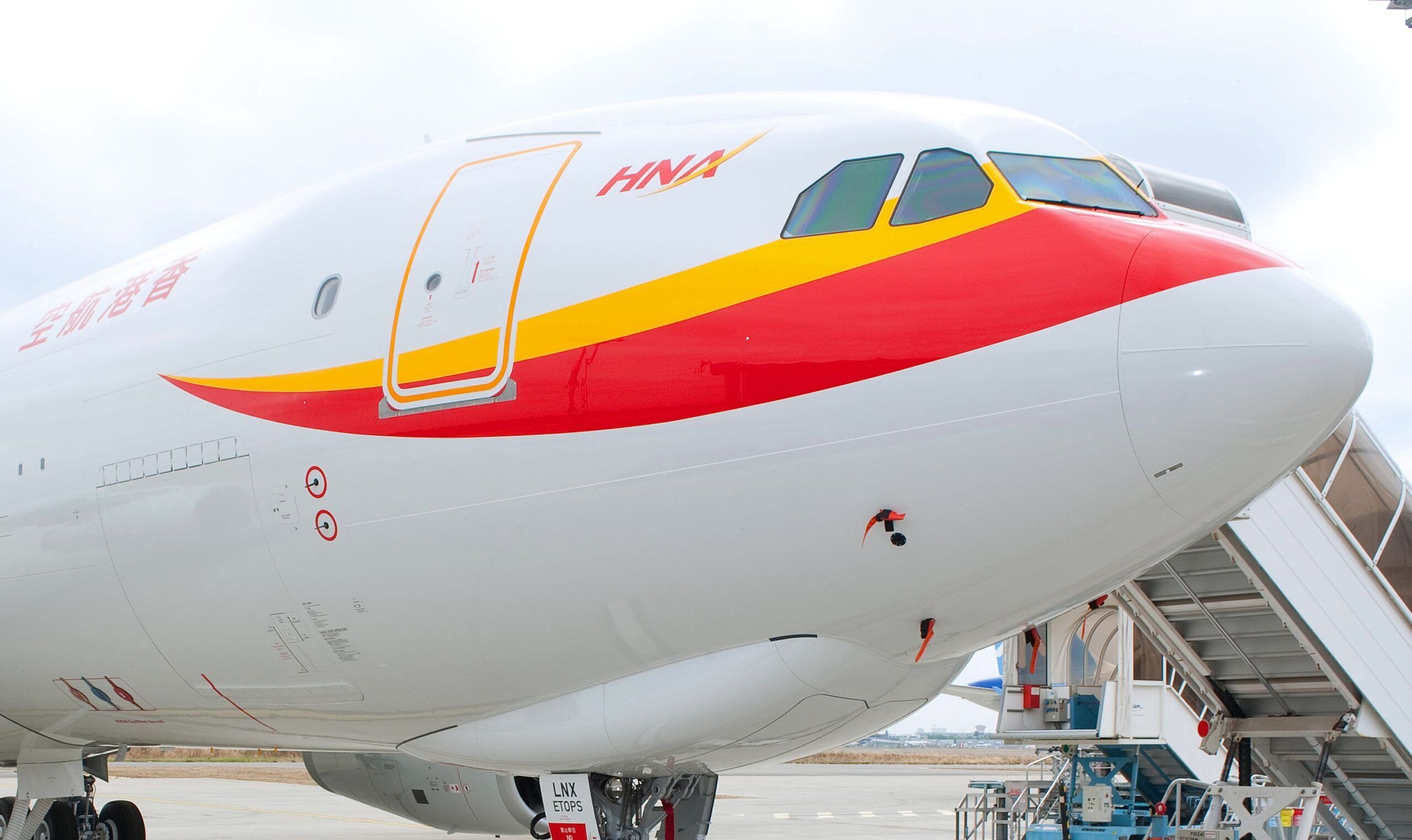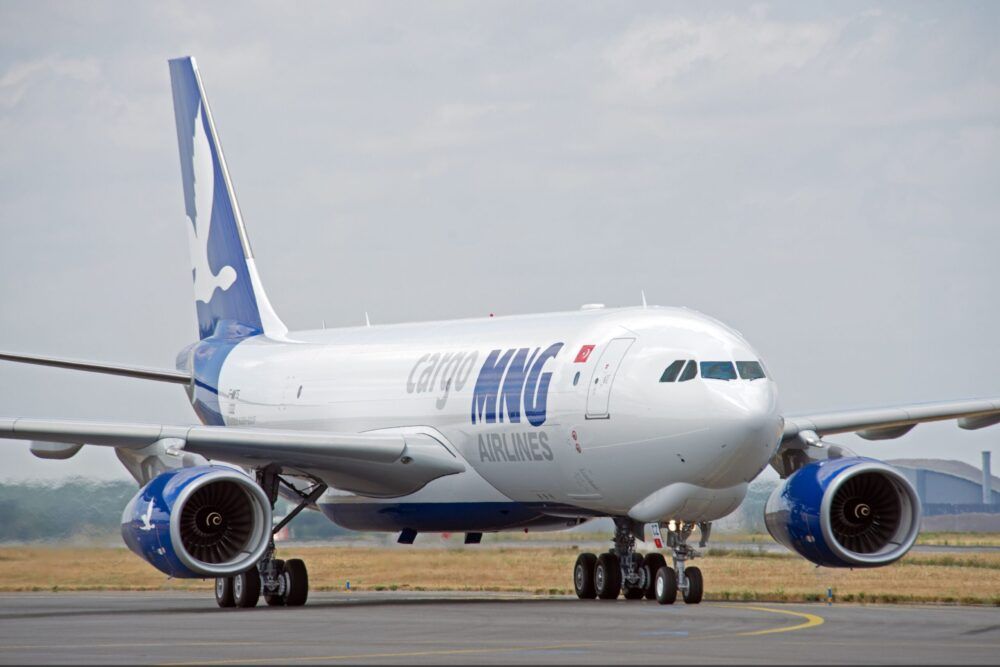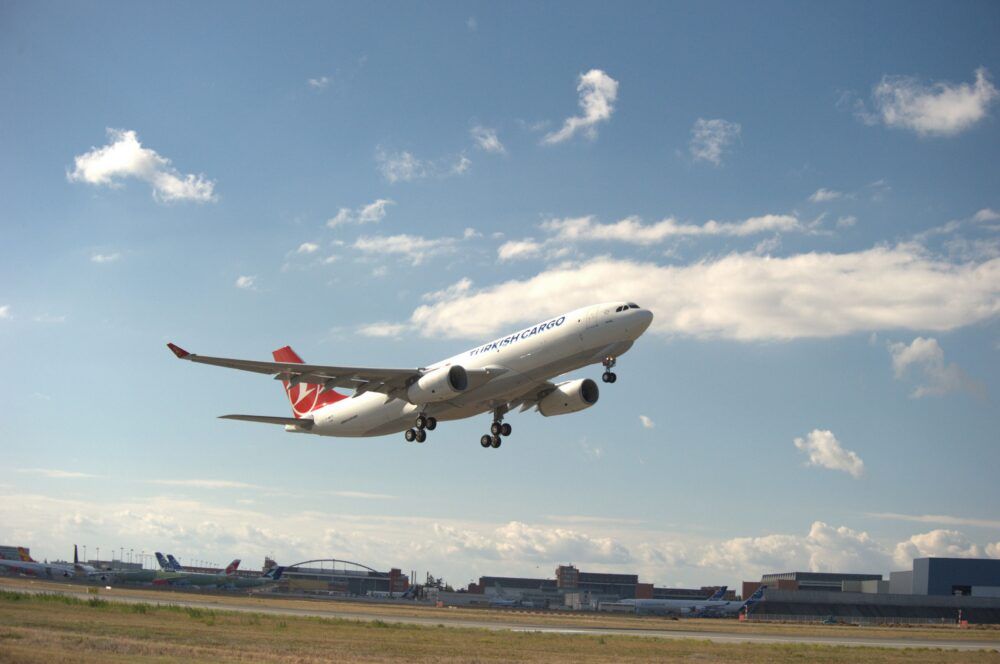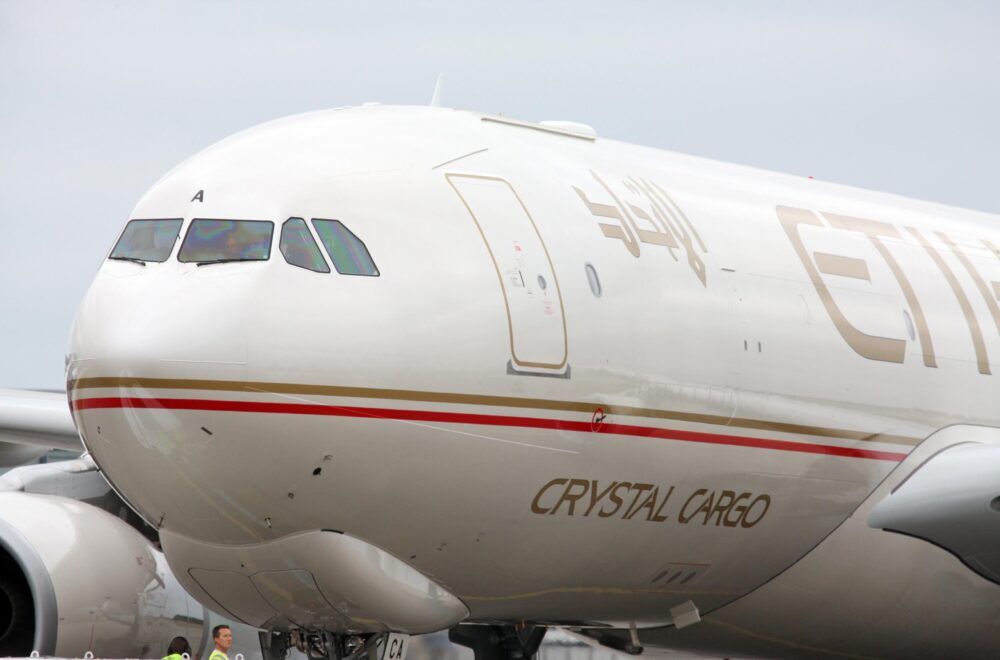The A330-200F has a rather unusual feature – a blister-like lump just forward of the nose gear. We take a look at the reason Airbus designed this in, and why it was essential to the success of this freighter aircraft.
Quirks of aviation design
If you spend as much time gazing at airplanes as we do, you will have noticed some have quirky differences that are sometimes hard to explain. The A340s middle landing gear, the flat bottoms of the 737’s engines, and the Zorro-like ‘mask’ of the Airbus A350. And it’s not just passenger planes that can sometimes have these odd little features; cargo planes do too.
One of the most noticeable design features of the Airbus A330F is a strange lump just in front of the nose gear. It’s almost like a blister, and an ugly one at that. It’s clearly not a design aesthetic, so it must serve an important purpose. Let’s take a look at what it is and why it was necessary to include this strange feature.
Passenger to freighter
To discover the reason for this unusual design, it’s important to note that the A330-200F came some time after the passenger variant was launched. It was never designed from the ground up to be a cargo plane, so required some fettling to make it suitable for the role.
The A330-200 entered into service with Canada 3000 in 1998, four years after its larger brother, the A330-300 began flying commercially. It was more than 10 years before the A330-200F took its first flight, ahead of entry into service in 2010.
Stay informed: Sign up for our daily aviation news digest.
Changing the role of an aircraft from passenger to freighter is not always as straightforward as it might seem. While we’ve seen numerous passenger planes adapted to carry freight in the past 12 months, to build a plane that is specifically to be sold as a freighter requires a good deal more thought.
Airbus discovered just how challenging this was when it was working on the A330-200F. The nose-down pitch of the A330 family, something it shares with the A340, meant it was impossible to achieve a level cabin floor – something that was essential if it was to fulfill its role as "The right aircraft, right now."
Modifying the landing gear
To overcome this issue, Airbus was forced to redesign the landing gear for the freighter variant. FlightGlobal notes that the manufacturer studied several options for this fix, including adding a longer nose gear leg that articulated to fit into the existing bay profile. However, this would have affected the commonality with the passenger fleet, something that has long been a big selling point for Airbus.
In the end, it settled on lowering the leg attachment points to raise the nose slightly when the aircraft was parked. This modification required a larger gear bay to house the nose gear, which required some additional housing – hence the bulge.
The nose gear, therefore, protrudes in its blister-like faring, and gives the A330-200F its unique and unusual appearance.




